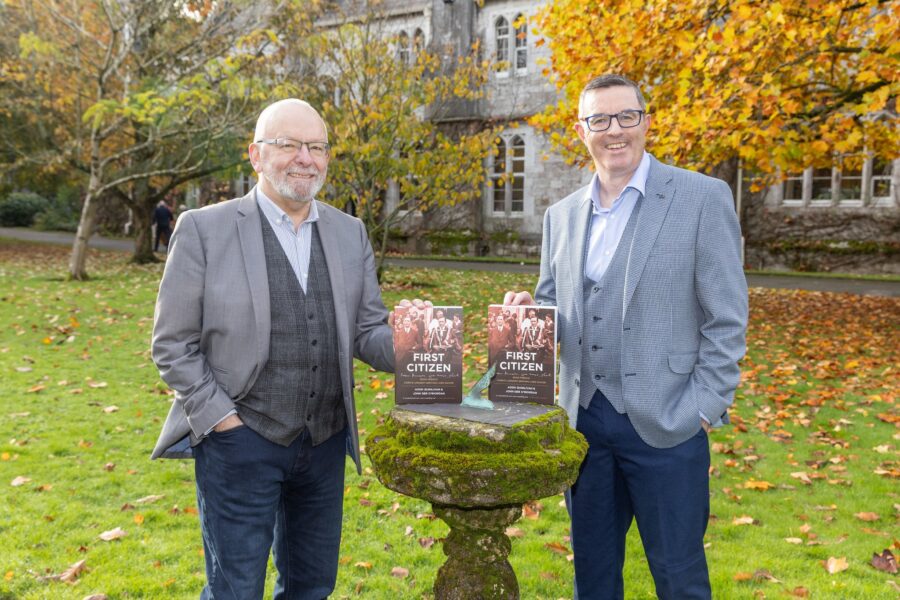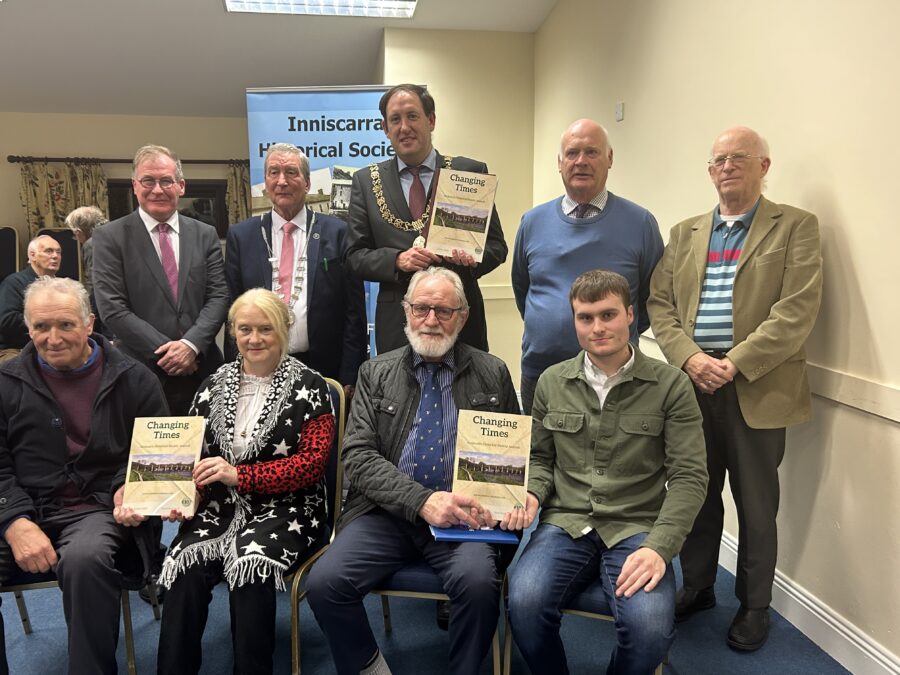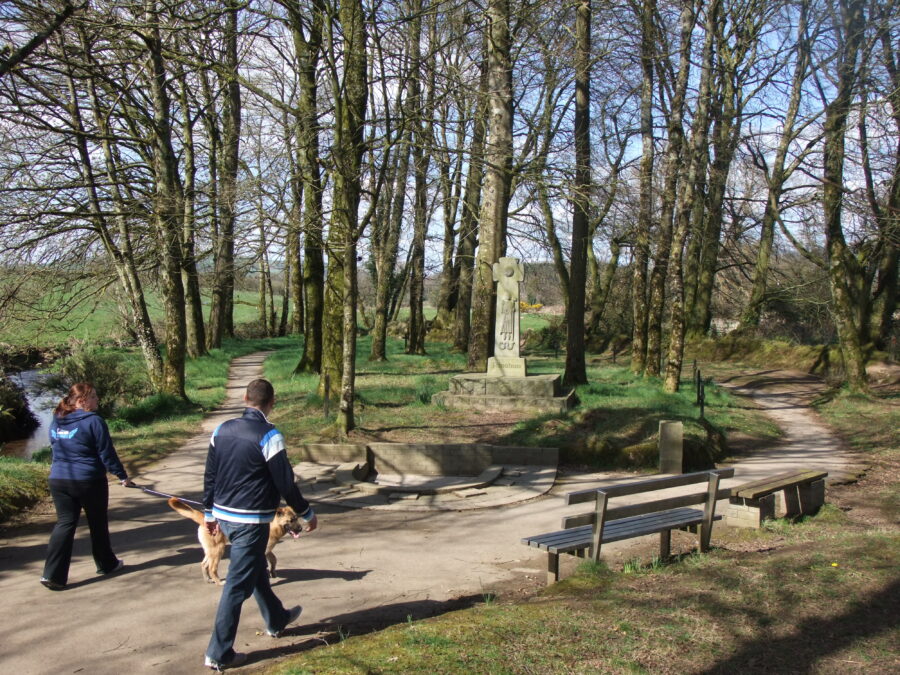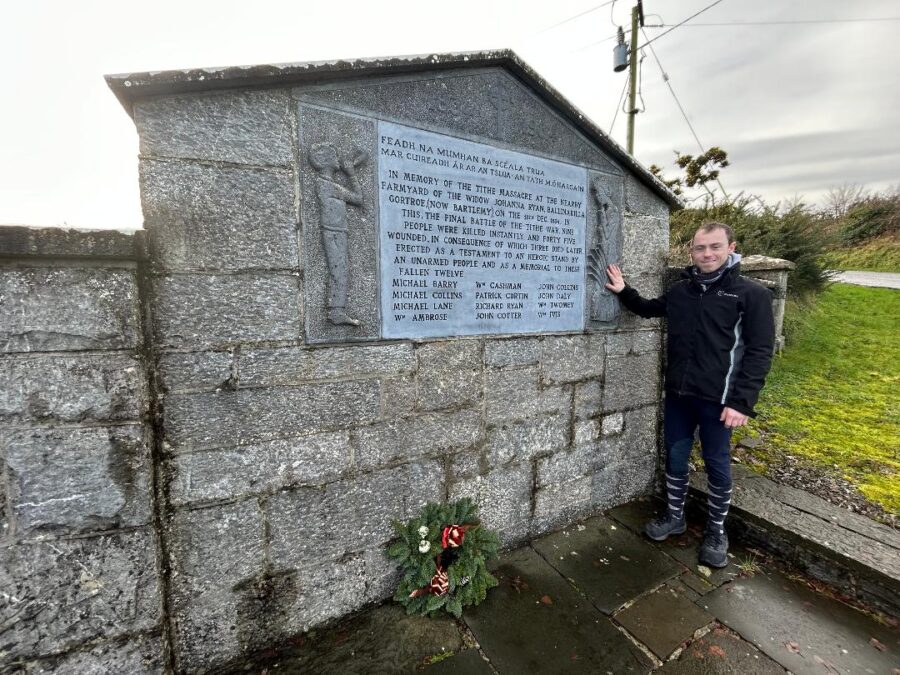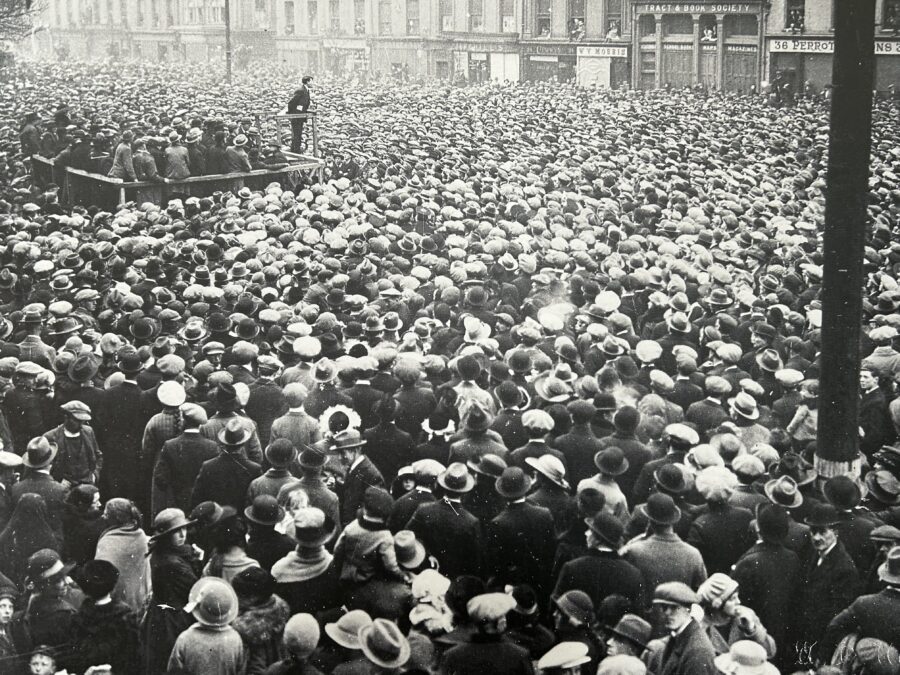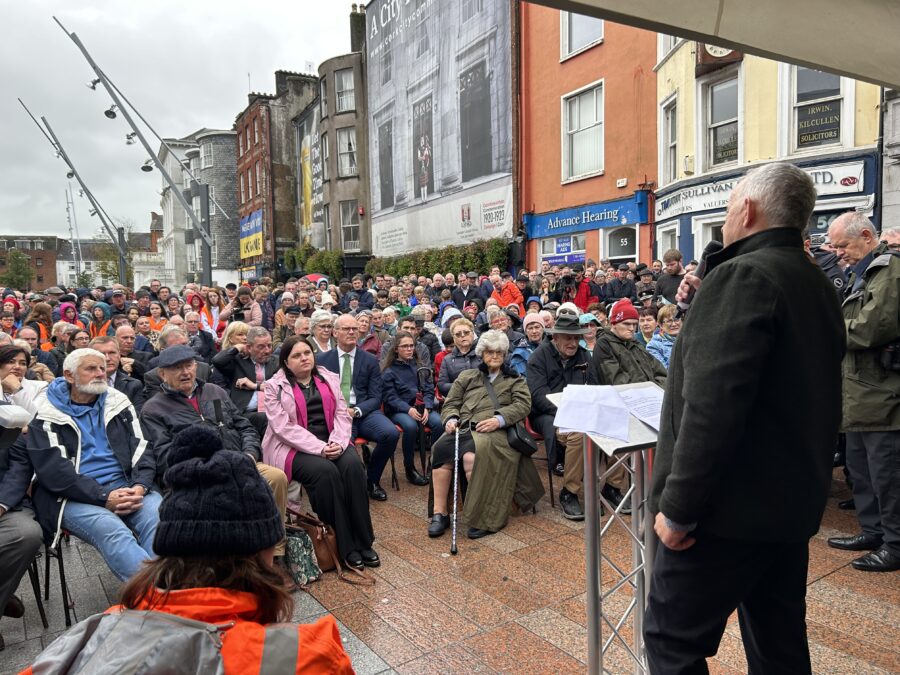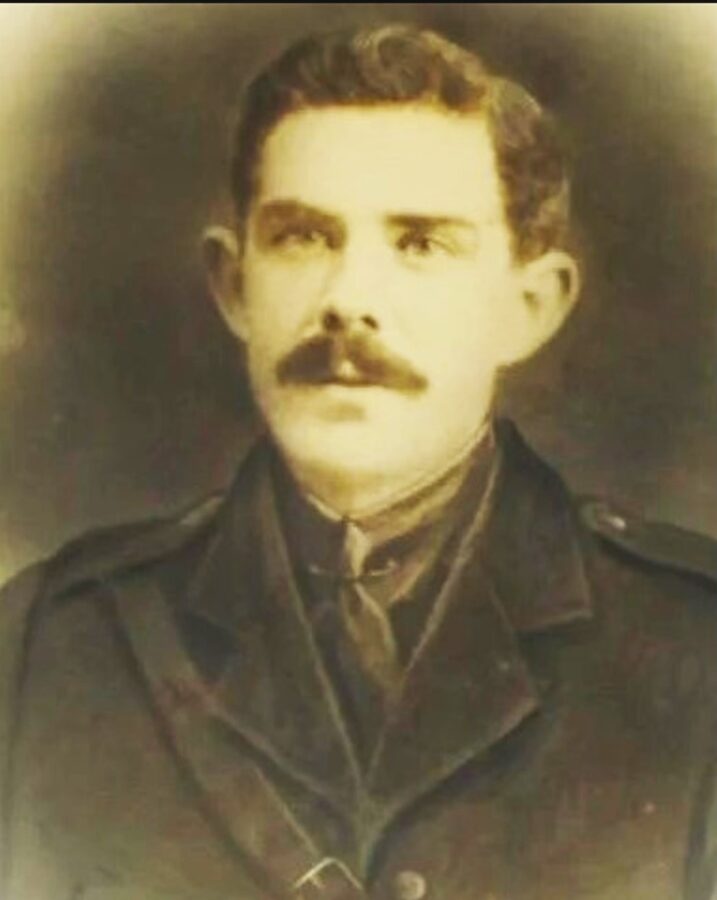
Kieran’s Our City, Our Town Article,
Cork Independent, 30 November 2023
Recasting Cork: The Death of Denis Barry
November 1923 coincided with a newspaper focus on interned anti-Treaty Sinn Féin supporters. Statements issued by the Irish Free State government and published in the Cork Examiner showed that up to 1 July 1923 the total number of internees interned by the government were 11,316. As the summer and autumn progressed, the weekly number of prisoners being released rose steadily. The number of releases in July 1923 averaged from 100 in that month to 200 in August 1923 and 300 in September 1923. It reached nearly 800 during the weekend of 13 October 1923. Three hundred internees were released on the 3 November 1923, 500 on 10 November 1923 and 300 on 12 November 1923.
However, by 14 October 1923 a hunger strike had commenced. By 24 October nearly 8,200 prisoners were refusing food – historical records reveal that 70 such individuals were in Cork City Gaol, 100 in Hare Park, 200 in Dundalk, 263 on a prison ship called Argenta in Belfast Lough, 350 in Kilkenny, 711 in Gormanstown, 1700 in Newbridge and 3,900 in the Curragh, Kildare. By late October, many of the internees began to start to eat again – many could not hold out.
At Newbridge Barracks in the Curraghs, Kildare. Cork born Denis Barry died at 2.45am on 20 November. He was on his 34th day of hunger strike. He was one of two internees who died of hunger strike – the other being Andy O’Sullivan Denbawn, County Cavan.
In 1912 Denis Barry was a member of Fianna Éireann youth branch. He entered the Irish Volunteer movement and was involved in building up the Volunteer movement.
In 1915, Denis left Cork to take up business in Kilkenny. There he trained young Volunteers. In 1916 he was arrested and taken to Dublin, being afterwards interned in many English Gaols where new associations were established. He was released in a general amnesty and took an active part in the following years in resuscitating the Volunteer movement, and in the Sinn Féin movement.
When the police movement was formed as an adjunct to the IRA, Denis was Brigade Officer in Command of the Police. In the height of the Black and Tan war, Denis was active in prosecuting and detecting crime. After the Burning of Cork, he with his police force recovered thousands of pounds worth of property from looters. Many merchants of the city paid tribute to his work. Denis was known to be a strict disciplinarian of the corps he controlled.
When the Treaty was signed, there was only one side for Denis to be in on and that was the anti-Treaty side. He was captured on 19 October 1922, and was located from gaol to gaol, until he began his hunger strike battle in Newbridge internment camp in the Curragh on 19 October 1923.
Denis was firstly buried by the Free State army in the Curragh, but three days later, subsequent to a Court Order, his remains were unearthed.
On the evening of 27 November, the remains of Denis Barry reached Cork City and lay overnight at the headquarters of the Cork City Sinn Féin executive at 56 Grand Parade. This unusual procedure was rendered necessary because of the Bishop Cohalan’s perspective that none of the city’s churches would be available for the reception of the Republican body.
On 28 November 1923, for some hours prior to the funeral, large numbers visited the room where the remains of Denis lay and paid tributes of respect to him. A public funeral was accorded to Denis. The Cork Examiner remarks of a large spectacle. Denis Barry’s funeral cortege was similar to those that marked the burials of Tomás MacCurtain and Terence McSwiney; “The cortege assumed remarkably large dimensions being fully representative of the business and particularly for the city and county, as well as many parts of the country, and as the funeral procession proceeded through the city it was generally recognised that it was one of the most imposing spectacles of its kind seen in Cork for some years. That body’s volunteers, as well as kindred units, especially Cumann na mBan, marched in full strength from the city and also the counties districts, and it’s four-deep solid ranks excited general interest”.
The attendance of the general public and representative bodies was also remarkably large. The cortege was described as extending from the Grand Parade all the way down the South Mall and Lapp’s Quay to Brian Boru Bridge. The cortege was headed by the MacCurtain Pipers Band. Then came members of Cuman na mBan carrying wreaths. The horse was laden with beautiful floral tributes, on each side of which members of the Irish Republican Army acted as pallbearers. This vehicle was followed by the coffin borne on the shoulders by relays of comrades along the difference thoroughfares of the cortege route.
The cortege route was the Grand Parade, South Mall, Warren’s Place (now Parnell Bridge), MacCurtain Street, Bridge Street, St Patrick’s Street, Washington Street, Washington Street, Victoria Cross, Dennehy’s Cross, Wilton Road and Lower Glasheen Road to St Finbarr’s Cemetery. All along each of these thoroughfares large numbers of people assembled to witness such an imposing funeral.
It was dark and after 6pm when the procession reached the cemetery. By the aid of oil lamps supplied by Mr aid Donovan, the Superintendent of the cemetery the final scenes took place in the presence of the mother, brothers and sisters of Denis. A large gathering assembled around the republican plot, in which the interment was carried out, while a large assembly congregated outside the main entrance to the cemetery. The prayers at the graveside were recited by Mr David Kent TD, who also prior to the burial, sprinkled the grave with holy water. Following the internment, wreaths numbering close on eighty were placed over the grave. Miss Annie MacSwiney recited the Rosary in Irish.
Miss Mary MacSwiney TD delivered a brief oration on the campaign to secure a full Republic in Ireland; “The war was over, but their work for the Republic was not over. The loyal citizens of the Republic who were true to their country, would carry on that work to a successful conclusion. The only valid government in the country was the government of the Republic and that government would remain with them…Denis Barry like Terence McSwiney, had died for the Irish Republic, and that while there was a man or a woman left in Ireland the Republic would remain”.
Caption:
1230a. Denis Barry, c.1920 (picture: Cork City Library).
